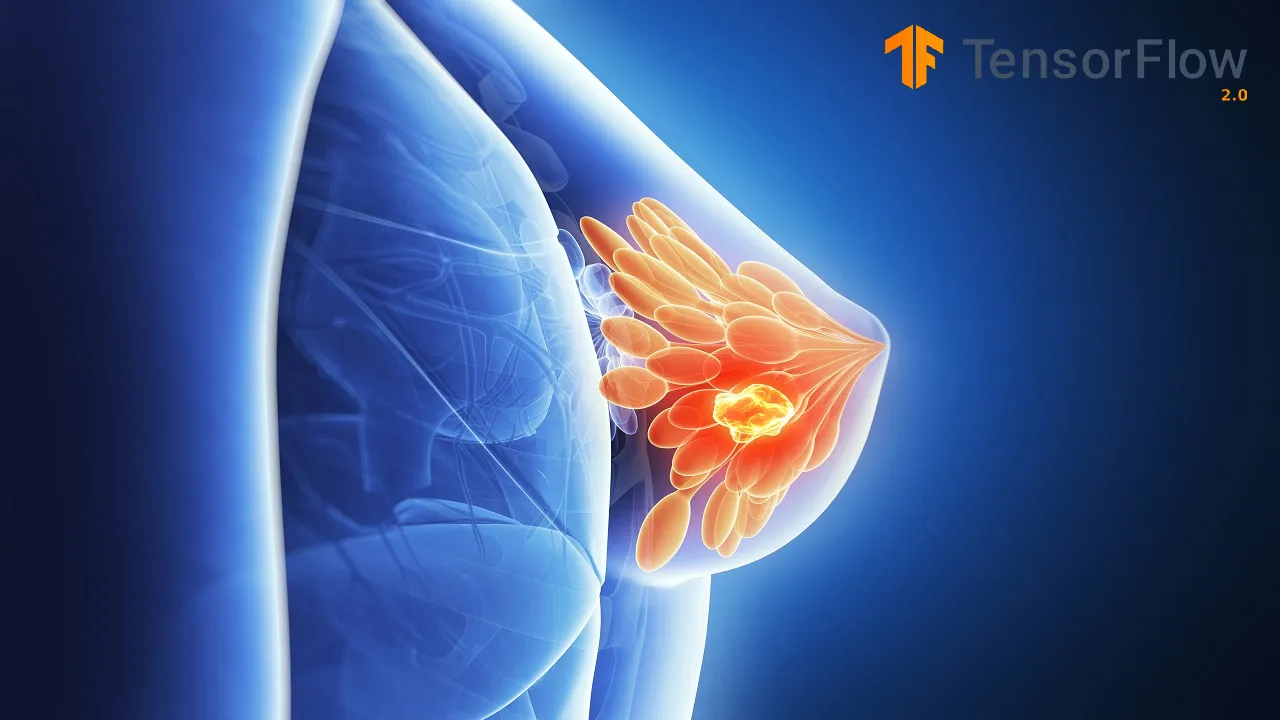A step-by-step guide to implementing a deep learning semantic segmentation pipeline on mammograms in TensorFlow 2
If you are reading this article, chances are that we share similar interests and are in similar industries. So let’s connect via LinkedIn, where I share tidbits of my thoughts and resources about AI and ML!
Article Structure
This article is Part 3 of a 3-part series that walks through how I tackled a deep learning project of identifying mass abnormalities in mammogram scans using an image segmentation model_._As a result of breaking down the project in detail, this serves as a comprehensive overview of one of the core problems in computer vision — semantic segmentation, as well as a deep dive into the technicalities of executing this project in TensorFlow 2.
Part 1:
- Problem statement.
- What is semantic segmentation.
- Guide to downloading the dataset.
- What you’ll find in the dataset.
- Unravelling the nested folder structure of the dataset.
- Data exploration.
Part 2:
- Image preprocessing pipeline overview.
- General issues with the raw mammograms.
- Deep dive into raw mammogram’s preprocessing pipeline.
- Deep dive into corresponding mask’s preprocessing pipeline.
Part 3:
- Introducing the VGG-16 U-Net model.
- Implementing the model in TensorFlow 2.
- Notes on training the model.
- Results and post analysis.
- Wrapping up.
GitHub Repository
The code for this project can be found on my Github in this repository.
#computer-vision #transfer-learning #deep-learning #tensorflow #machine-learning
